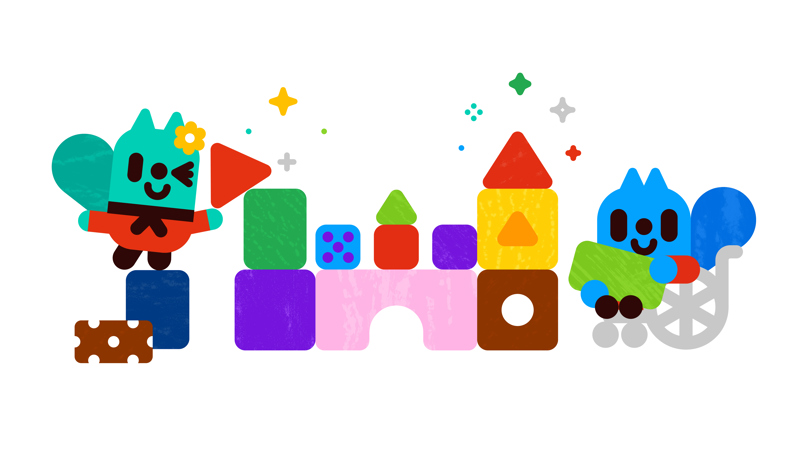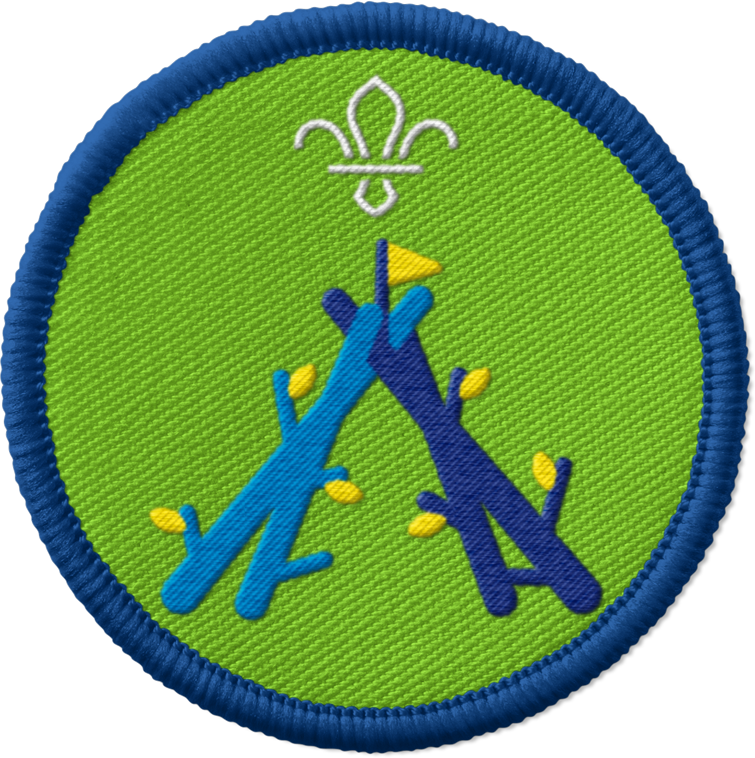
Green town
You’ll need
- Clean items of recycling
- Coloured pens or pencils
- Paint
- Paint brushes
- A4 card
- Scissors
- Double sided sticky tape
- Glue sticks
- Natural materials (for example, leaves, twigs, feathers)
- Something to protect surfaces (for example, newspaper or tablecloths)
Before you begin
- Before you meet, ask everyone to bring in clean, recyclable materials to use for junk modelling.
Story time
- Everyone should sit in a circle.
- Someone should read The Swans and the Beavers by Jess Connett. It's a story about animals living on a river.
- After reading the story, everyone should take some time to reflect on it as a group. We’ve included some questions to help you reflect in the pink box below.
Samson the swan woke up suddenly. There was cold water from the river pouring into his nest!
He jumped up just as the water washed everything away. The nest was gone.
Samson called out for his wife, Swanhilda. She swam around the corner and saw the river overflowing its banks.
Samson and Swanhilda began to cry for their lovely soft nest that was gone forever.
‘We must find out what has happened,’ Samson said.
They followed the river upstream. Water was everywhere, and birds were running from their flooded nests.
The shelducks joined Samson and Swanhilda, and the mallard ducks, and the little grebes.
Eventually, they saw the river was blocked up ahead, with a great jumble of tree branches. That was why it was flooding the land.
Samson and all the animals began to pull out the sticks.
They heard shouting from the river. ‘Hey! Stop!’ It was Bernice the beaver. ‘That’s my home, stop destroying it!’
Later that day, Samson called a meeting. The swans, the beavers, and all the river birds sat in a circle. They needed to find a way to all live peacefully on the river.
‘Bernice, when you dammed the river, you flooded our homes,’ said Samson. ‘We have lost everything, and Swanhilda has nowhere to lay her eggs.’
Bernice said she was very sorry. She was just building a home for her own family.
‘We know you didn’t do it on purpose,’ said Samson. ‘But we need to find somewhere new to live.’
They talked, and everyone agreed to build new nests upstream of Bernice’s dam. Here, the river never flooded. They could all find a space on the riverbank.
‘I promise my dam will make the river better for you all,’ said Bernice.
Over the next few days, the birds all rebuilt their nests, tucking feathers between the sticks to make them soft and warm. Swanhilda laid her first clutch of eggs.
Down in the flooded river, something amazing was happening. It was full of frogs and newts and fish. Green weeds grew tall and strong, and dragonflies zipped around.
When Samson and Swanhilda’s cygnets were strong enough to go for swims, they were amazed by the transformation.
Bernice was right: the river was healthier than it had ever been before, and a better place for everyone to live.
By Jess Connett
All around us
- Everyone should close their eyes for one minute. They should think about the place they live. What are their favourite things in the place they live? Why do they like the place they live?
- Once time is up (or people start to become restless), everyone should open their eyes and share their thoughts with a friend.
- Everyone should find another person in the group and share their thoughts and ideas with them.
Make a model
- Everyone should get stuck in and use the recyclable materials to create buildings, roads, and places that are in the place that they live.
- Everyone should place their models around the meeting space to create a small model of their local area. Now they’ve made their very own green town!
- Everyone should decorate the materials to make them look even more like buildings or landscapes.
- Everyone could choose a favourite toy or model to live in the town. Where will they spend their time?
Reflection
This activity encouraged everyone to think about what it means to be part of their community; they also had to listen to and respect other people’s thoughts and feelings. Throughout the activity, people showed each other parts of their local area that meant something to them, while learning about the importance of sustainable living and caring for the environment.
You could chat about these reflection points throughout the session or at the end.
The Swans and the Beavers
- Where did the animals live? What are their homes like?
- What different types of home do people live in?
- How were the animals able to solve the problem? They talked to each other and worked together to make a plan, so they could all live peacefully on the river.
All around us
- Did everyone like the same things, or did different people like different things? Why do people think this happened?
- What do you think it means to be a citizen? People could think about playing and sharing with other people, finding their place in the community, knowing who they can ask for help, or looking after the world around them.
Make a model
- Why did this activity use recyclable materials? People could think about what they’ll do with their models when they’ve finished with them. What will they need to do before they can recycle the materials?
- Why it is important for people to know about their local area?
- Why was the model called green town?
Safety
All activities must be safely managed. You must complete a thorough risk assessment and take appropriate steps to reduce risk. Use the safety checklist to help you plan and risk assess your activity. Always get approval for the activity, and have suitable supervision and an InTouch process.
- Scissors
Supervise young people appropriately when they’re using scissors. Store all sharp objects securely, out of the reach of young people.
- Glue and solvents
Always supervise young people appropriately when they’re using glue and solvent products. Make sure there’s plenty of ventilation. Be aware of any medical conditions that could be affected by glue or solvent use and make adjustments as needed.
- Rubbish and recycling
All items should be clean and suitable for this activity.
- Some groups might find it too challenging to create their town. You could suggest that people create imaginary towns and decorate the recyclable materials to look like buildings from their imagination.
- For an extra challenge, people could create a tour of their green town. Which places would they like to show people? What information can they share about their local area? People could make a little presentation, draw a picture, or practise giving real-life tours.
Not everyone will be able to remember their local area well. Make sure you can support people to remember place names (and what places look like). You could bring along some pictures of the local area to help everyone get started.
All Scout activities should be inclusive and accessible.
You could scale it up and go on a real-life tour of your town. People could walk around their local area with family and friends and share information about where they live.
Everyone should feel free to get stuck in and use their imagination to create the model without adult assistance where they can. It’s OK to ask for help – but it’s great to give things a go for yourself first. It’s OK if things don’t always go to plan: you can ask a friend to help you fix them!
